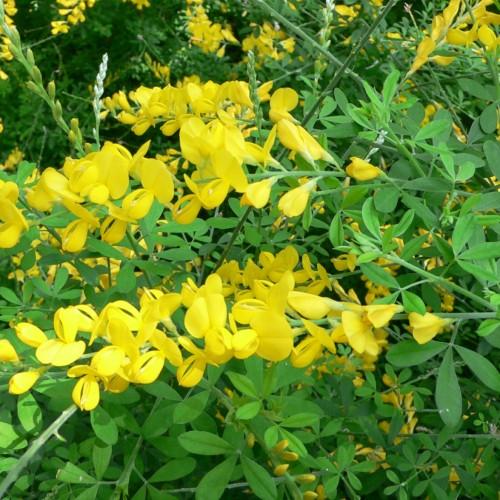
broom
Genista spachiana
Cycle:
Perennial
Watering:
Average
Hardiness Zone:
8 - 10
Flowers:
Flowers
Sun:
Full sun
Leaf:
Yes
Growth Rate:
Low
Maintenance:
Low
Salt Tolerant:
Yes
Invasive:
Yes
Care Level:
Medium
watering
Watering the broom (Genista spachiana) should be done frequently during the summer months so that the soil remains evenly moist. During hot weather, the plant should be watered every other day or as needed to make sure the top few inches of soil is moist. In the spring and fall, the plant should be watered every few days and reduce to once a week or every 2 weeks. During winter, the plant should be watered only enough to keep the top few inches of soil slightly moist. Once the plant enters its dormant period, watering should be kept to a minimum.
sunlight
Broom (Genista spachiana) is a semi-evergreen shrub that grows best in full sun. It prefers at least 6 hours of direct sunlight each day, and can tolerate some light shade. To ensure adequate sunlight, it is best to plant broom in a sunny location that receives full sun, such as a south-facing garden. Additionally, it may be beneficial to prune the branches of the shrub to allow for increased light penetration. In general, to encourage healthy growth, broom should receive between 6 and 8 hours of direct sunlight each day, with daily sunlight exposure evenly distributed throughout the day.
pruning
Broom (Genista spachiana) is a medium-sized shrub with yellowish-green foliage and numerous, bright yellow flowers. Pruning is not necessary for broom, but if desired, light pruning can be done in early spring. This will help shape the plant and remove any damaged or discolored growth. It may also help to reduce the overall size of the shrub, if desired. When pruning, make sure to take off only approximately 1-third of the total amount of the current stems, as this will help ensure that the plant remains healthy and lush. Be sure to never top the shrub, as this may cause it to produce excessive foliage that is prone to disease.
